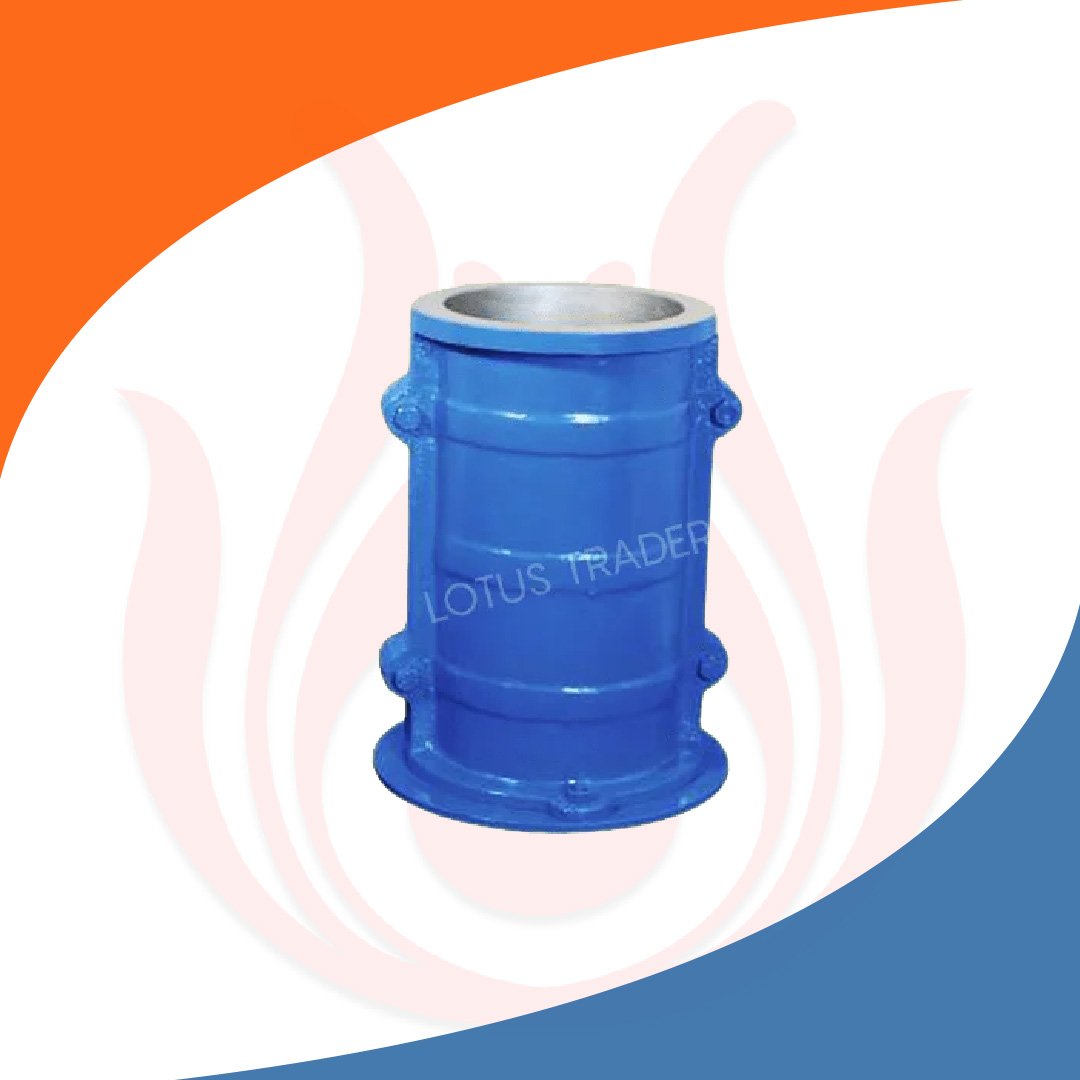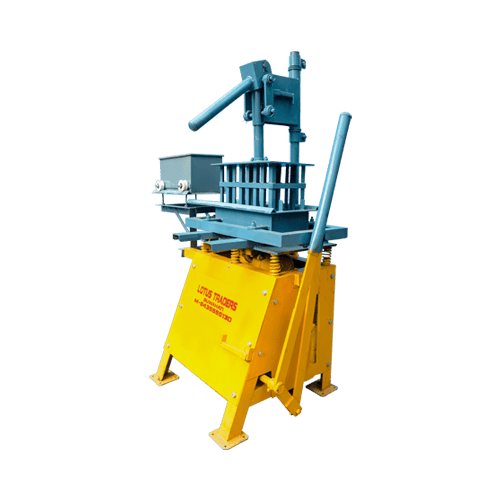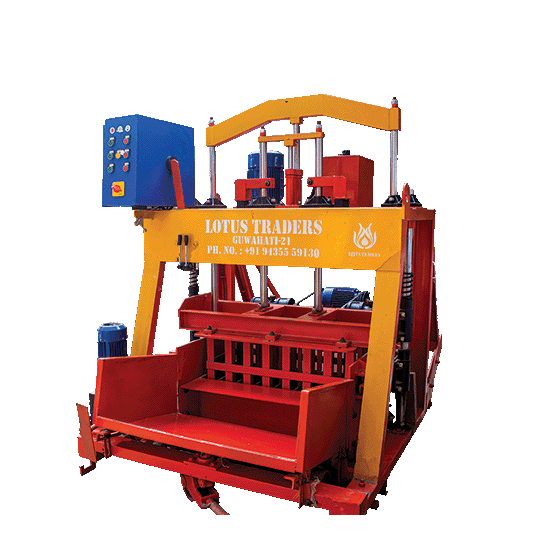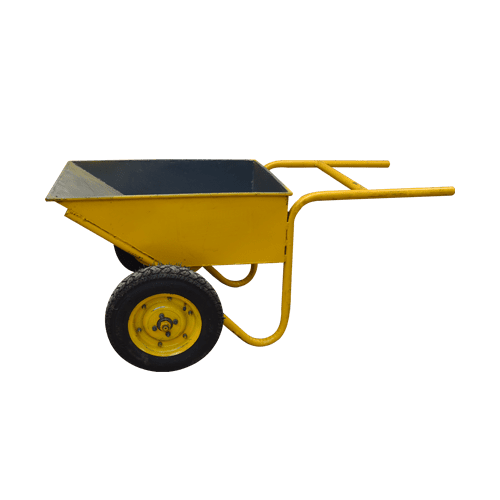Cylindrical Mould
- High Quality Materials
- Compliance With Standards
- Clear Product Information
- Warranty & Support
- Product Testing & Certification
- Delivery & Policy
- Ask a Question
- Estimated Delivery: 5 Days – 10 Days
- DESCRIPTION
FEATURE | SPECIFICATION |
Height | 150mm height |
Material for Construction | Stainless steel |
Diameter | 150mm |
Ends are machined | +/-0.05 |
Information About Cylindrical Mould:
What is Cylindrical Mould?
To manufacture cylindrical shaped samples of concrete, cement or other materials for testing, a cylindrical mould is a tool used in civil engineering and construction. It is composed of a cylindrical container usually made of plastic or steel with set specs and measurements in line with different testing guidelines.
The mould is put together by fastening a base plate at one end and a removable top plate at the other. This keeps the sample contained inside the cylindrical cavity while it is being prepared and initially set. To maintain consistency and eliminate air gaps, construction materials such as concrete mixtures are poured into the mould in layers and then compacted and levelled using the proper tools.
The material goes through the curing process once it is placed inside to solidify and become stronger. Following the curing time, the top plate is taken off and the cylindrical sample is cautiously extracted. After that, tests are conducted on these samples to determine their compressive strength, density or other mechanical characteristics in order to assess the materials quality and appropriateness for the intended use.
For a variety of building and infrastructure projects, cylindrical moulds are essential for quality control and performance evaluation of construction materials guaranteeing that they fulfill the necessary standards and structural specifications.
Key Features of a Cylindrical Mould:
1. Shape: Cylindrical form having a height and internal diameter that are constant. Smooth surface to guarantee the moulded product has a superior finish.
2. Material: Robust and long lasting to resist pressure and repeated use. Corrosion resistant particularly when used with materials like concrete.Simple to maintain and clean.
3. Construction: Usually divided vertically into two or more sections to facilitate the moulded products simple removal. Flat machined base and top plates ensure proper alignment and stop leaks. May include extra features like handles, internal cores or detachable bases.
4. Dimensions: Available in various sizes to meet diverse needs and standards. Precise internal diameter and height with minimal tolerance to ensure accuracy of the moulded product.
5. Additional Features: Features that certain cylindrical moulds may have depend on the application include: Air vents to keep air bubbles out of the material that has been moulded. Locking systems to keep the mould’s two parts together. Handles to facilitate shipment and handling.
Benefits of a cylindrical mould
Cylindrical moulds are a popular option for many applications because they provide significant benefits over other shapes. Here are a few main benefits:
1. Adaptable Structure: Since the cylindrical shape equally distributes stress and it makes the moulds stronger and more resilient to deformation under pressure. Applications such as concrete testing and high pressure material shaping require this in particular.
2. Consistency: Reliable internal diameter and height provide reliable, homogeneous outcomes in a variety of moulded items. To get accurate dimensions and superior finishes, this is essential.
3. Simple Elimination: The moulded object may be easily removed without causing damage because to its split design which consists of two or more portions. This is especially advantageous for brittle or delicate materials.
4. Effectiveness: Because of its smooth and cylindrical shape, filling and demoulding are made easier and friction is reduced. Productivity gains and quicker manufacturing cycles may result from this.
5. Flexibility: Rubber, food, polymers, clay, concrete and other materials can all be moulded using cylinder moulds which are very adaptable. They are therefore a useful tool for many different sectors and uses.
6. Economical: Cylindrical moulds are a cost effective solution for many firms since they are comparatively easy to create and maintain in comparison to more complex shapes.
7. Diversity: To suit particular requirements, cylindrical moulds come in a variety of sizes and configurations. To fit your particular project, moulds with varying diameters, heights, base shapes and interior characteristics are available.
The following are some instances of how the benefits of cylindrical moulds are applied in practical settings:
Concrete cylinders: Cylindrical moulds guarantee precise and trustworthy testing of concrete strength, an essential component in building endeavours.
Food production: Consistently shaping sausages, cheese wheels and ice cream bars with cylindrical moulds enhances the efficiency and quality of the final product.
Plastic injection moulding: Accurate, superior plastic components for a range of industries can be produced with cylindrical moulds.
Ceramics: Using cylindrical moulds, potters may produce visually beautiful and symmetrical mugs, vases and other cylindrical ceramic items.
All things considered, the benefits of cylindrical moulds are their robustness, consistency, use, effectiveness, adaptability, affordability and abundance of choices. They are a useful tool for many different sectors and applications because of their benefits.
Uses of a Cylindrical mould
Various Applications for a Cylindrical Mould
Because of its straightforward but efficient construction, cylindrical moulds have a surprisingly broad range of applications in a variety of sectors. Their capacity to produce homogeneous, consistent shapes makes them perfect for applications requiring control and accuracy. Let’s look at a few of the most typical applications for cylindrical moulds:
1. Construction: Concrete Testing: In order to shape concrete samples for compression strength testing, cylindrical moulds are necessary. These examinations assess the concretes structural stability for usage in building projects. Cylindrical mould for testing concrete
Casting Concrete Columns and Beams: For a variety of building projects, cylindrical moulds can be used to cast concrete columns and beams guaranteeing structural strength and homogeneity.
2. Production of Food: Cheese wheels and sausages: In the food sector, cylindrical moulds are widely used to form cheese wheels, sausages, and other cylindrical food items. This guarantees consistency in cooking, weight and size
Cylindrical Mould used for Cheese Wheels
Ice Cream Bars and Popsicles: With their aesthetically pleasing and manageable shape, cylindrical moulds are ideal for producing frozen confections such as ice cream bars and popsicles. Cylindrical Mould for Ice Cream Bars
3. Production: Plastic Injection Moulding: The process of manufacturing different plastic components for the automotive, electronics and home appliance sectors depends heavily on cylindrical moulds. Cylindrical Mould used for Plastic Injection Moulding
Rubber and Metal Components: To ensure accurate dimensions and functional performance, cylindrical moulds are used to shape a variety of rubber and metal components such as bushings, bearings and seals.
4. Ceramics & Pottery: Mugs and Vases: Potters can produce symmetrical mugs, vases and other cylindrical ceramic items with more visual appeal by using cylindrical moulds. Cylindrical Mould used for Pottery Candle Holders and Sculptures: Endless creative options are available when shaping one of a kind candle holders and sculptures using cylindrical moulds.
5. Additional Uses: Medical equipment: To ensure exact dimensions and sterility, cylindrical moulds are used to make a variety of medical equipment including test tubes, vials and syringes. Cylindrical Mould used for Medical Devices
Cosmetics and Personal Care: For consistency and customer convenience, cylindrical moulds are used to shape cosmetic goods like mascara, deodorant and lipsticks.
Cylindrical Mould used for Cosmetics
These are but a handful of the numerous options available! Cylindrical moulds continue to be an important tool in many different industries, greatly influencing our world with their adaptability and versatility.
How a Cylindrical Mould works?
A cylindrical moulds fundamental operation is quite easy to understand. The steps involved are as follows:
1. Get ready:
The mould is carefully cleaned and any damage or flaws are noted.
To stop the material from sticking, a release agent may be applied to the mould’s internal surface.
After assembly any extra parts—like cores or seals—are put into the mould.
2. Inserting:
Into the mould cavity is poured or injected the material to be formed. In order to guarantee that the material fills the mould completely and prevent air bubbles, the filling process needs to be carefully regulated.
3. Adjusting/Healing:
The mould is either heated or chilled depending on the substance to enable the curing and solidification of the material. Depending on the material being utilized and the size and complexity of the mould, this procedure can take minutes or even hours.
4. Distressing:
After the material has entirely dried, the moulds two parts are gently separated. After curing, the piece is taken out of the mould.
5. Preparation and Post extraction:
The mould is meticulously cleaned and ready for the subsequent moulding cycle. Depending on the particular use, the cured object can need extra processing like sanding, polishing or finishing, etc
Factors affecting how well the mould works:
Composition of the material: Certain materials have unique qualities and call for certain moulding circumstances. The material, temperature control systems and filling techniques of the mould will all depend on the kind of material utilized.
Mould design: The material flow, curing time and ease of demoulding will all be impacted by the mould’s size, shape and interior features.
Manufacturing process: The filling pressure, temperature, and general mould operation will be governed by the selected molding process which can be rotational, compression or injection moulding.
Conclusion:
In construction, a cylinder mould is a standardized container used to make cylindrical samples of materials such as concrete for testing. It has two removable plates to contain the material while it is being prepared and set. It is usually constructed of steel or plastic.
To eliminate air spaces, building materials are layered, crushed and levelled inside the mould. Following the curing process, the cylindrical sample is recovered for testing and the top plate is removed. In order to determine the quality and suitability of materials for building projects, these samples are subjected to examinations of their mechanical properties including density and compressive strength.
For sample fabrication to conform with testing standards, the moulds standardized dimensions guarantee uniformity and precision. It is crucial to quality control because it allows technicians and engineers to evaluate the performance of materials and make sure they fulfill project specifications and standards.
Thus, cylindrical moulds are essential instruments for ensuring the quality of construction projects because they make it easier to assess material properties that are vital to the longevity and security of infrastructure and buildings.











